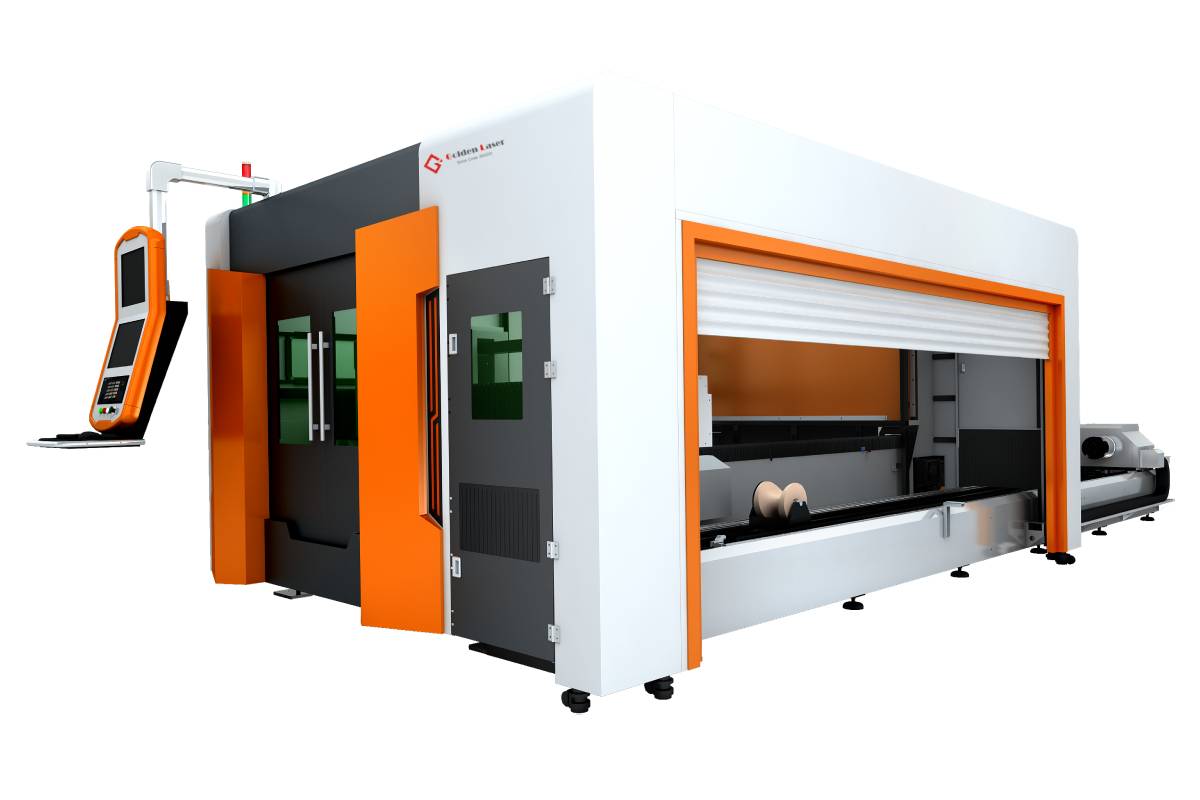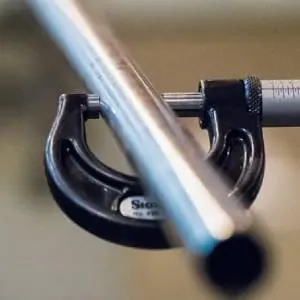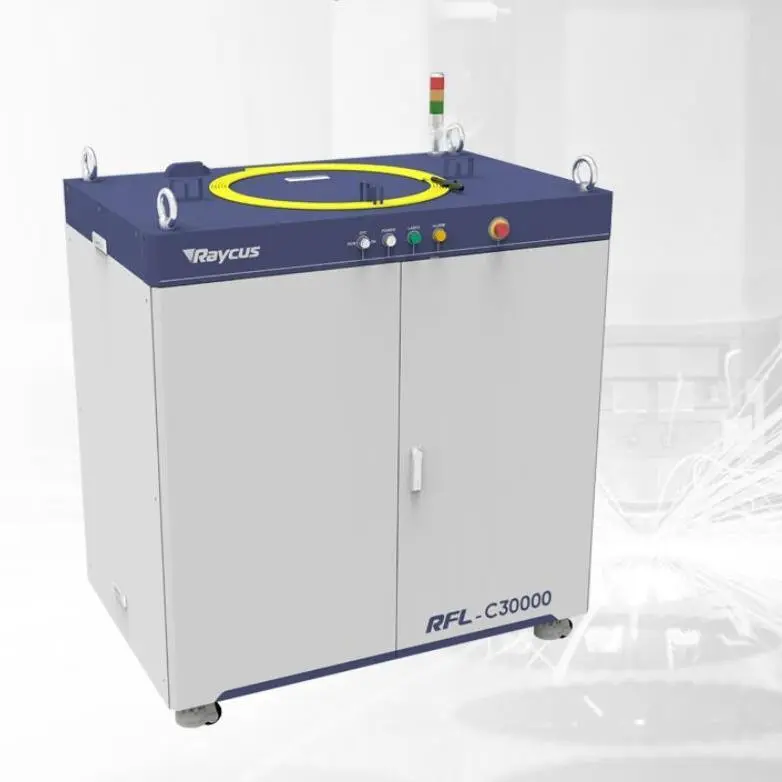
Revolutionizing Production Efficiency: The Impact of Laser Cutter for the Automated Industry in Modern Manufacturing Solutions
****
In the fast-evolving landscape of manufacturing, efficiency and precision are king. As industries strive to keep pace with consumer demands and technological advancements, laser cutting technology emerges as a pivotal innovation, particularly in automated production environments. The integration of a laser cutter for the automated industry has not only elevated the production quality but has also transformed operational workflows, making processes faster, more efficient, and significantly less labor-intensive.
Laser cutters utilize focused laser beams to cut materials with high accuracy and speed. This technology has widespread applications across various sectors, including aerospace, automotive, electronics, and furniture design. It has become a cornerstone for businesses looking to enhance production capabilities in an increasingly competitive marketplace.

Revolutionizing Production Efficiency: The Impact of Laser Cutter for the Automated Industry in Modern Manufacturing Solutions
Advantages of Laser Cutting in Automated Industries
1. **Precision and Flexibility**: One of the most notable qualities of laser cutters is their ability to create intricate designs with unparalleled precision. This level of detail is critical in industries like aerospace, where aerospace components require exact measurements and specifications. Laser cutting systems can easily adjust to different design parameters, thereby providing manufacturers flexibility to shift production lines without extensive downtime or reconfiguration.
2. **Reduction in Material Waste**: Traditional cutting methods often result in substantial material waste, whereas laser cutting techniques minimize waste through their ability to cut closer to templates and optimize layouts. With the advancements in software for laser cutting, manufacturers can utilize nesting techniques to achieve maximum material efficiency. This not only reduces costs but also aligns with sustainable manufacturing practices by lowering overall material consumption.
3. **Speed and Efficiency**: The rapid speed at which laser cutters operate ensures that production timelines are significantly reduced. The automation of the cutting process eliminates numerous manual steps, enabling manufacturers to drastically shorten lead times and increase output. In an era where time-to-market can dictate the success of a product, this aspect of laser cutting technology cannot be overstated.

Revolutionizing Production Efficiency: The Impact of Laser Cutter for the Automated Industry in Modern Manufacturing Solutions
4. **Lower Operational Costs**: Over time, the initial investment in laser cutting technology can be offset by lower operational costs. The automation of cutting processes reduces the need for manual labor, minimizes mistakes, and lowers the likelihood of material wastage. Additionally, the maintenance costs associated with laser cutters are relatively lower compared to traditional machining equipment, making them a financially viable option for many businesses.
5. **Enhanced Safety Standards**: Automation in the cutting process significantly takes human operators out of potentially dangerous situations. Laser cutting systems are equipped with safety features that minimize risks associated with material handling and cutting operations. By reducing human involvement in high-risk tasks, companies can foster a safer work environment, complying with stringent safety regulations.
Integration with Other Technologies
The future of manufacturing lies in the integration of various advanced technologies. Laser cutters in automated industries are increasingly being paired with robotics and artificial intelligence to create fully automated production lines. Robots can handle the loading and unloading of materials, while software algorithms can manage the entire production process, optimizing every step for efficiency. This synergy not only enhances productivity but also allows companies to collect and analyze data, which can be invaluable for continuous improvement.
The Future of Laser Cutting in the Automated Industry
Looking ahead, the role of laser cutters in automated industries is set to expand. As technology progresses, laser cutters will become more sophisticated, integrating features like improved energy efficiency, multifunctionality (cutting, engraving, and marking), and enhanced connectivity for smart manufacturing systems. This evolution signifies a shift towards more adaptive manufacturing capabilities, where businesses can respond to fluctuating market demands in real time.
In conclusion, the implementation of a laser cutter for the automated industry stands as a testimony to the innovations reshaping modern manufacturing. With their unmatched precision, efficiency, and cost-effectiveness, laser cutters provide an essential edge in today’s competitive landscape. As industries continue to embrace automation and advanced technologies, the reliance on laser cutting machines will undoubtedly grow, heralding a new era of manufacturing excellence. Embracing this technology now not only prepares companies for the future but positions them as leaders in their respective fields.High Quality Laser Cutter



